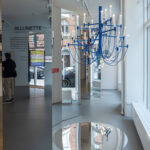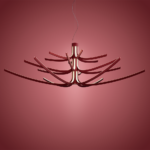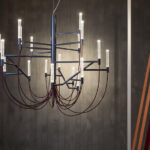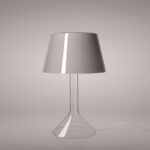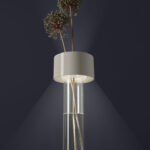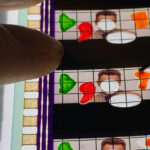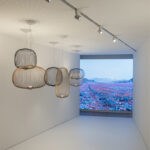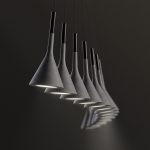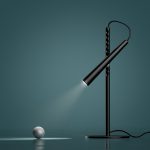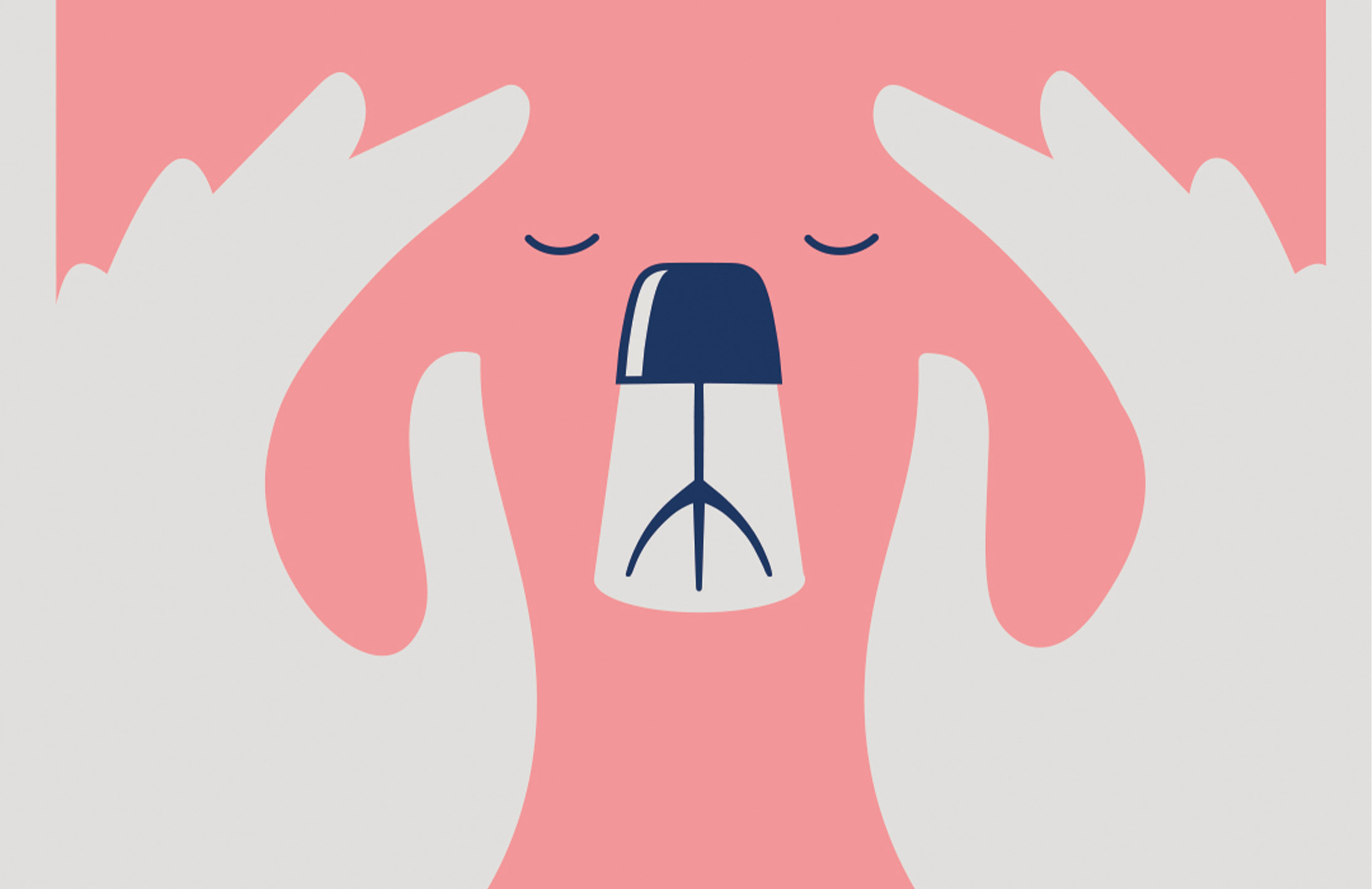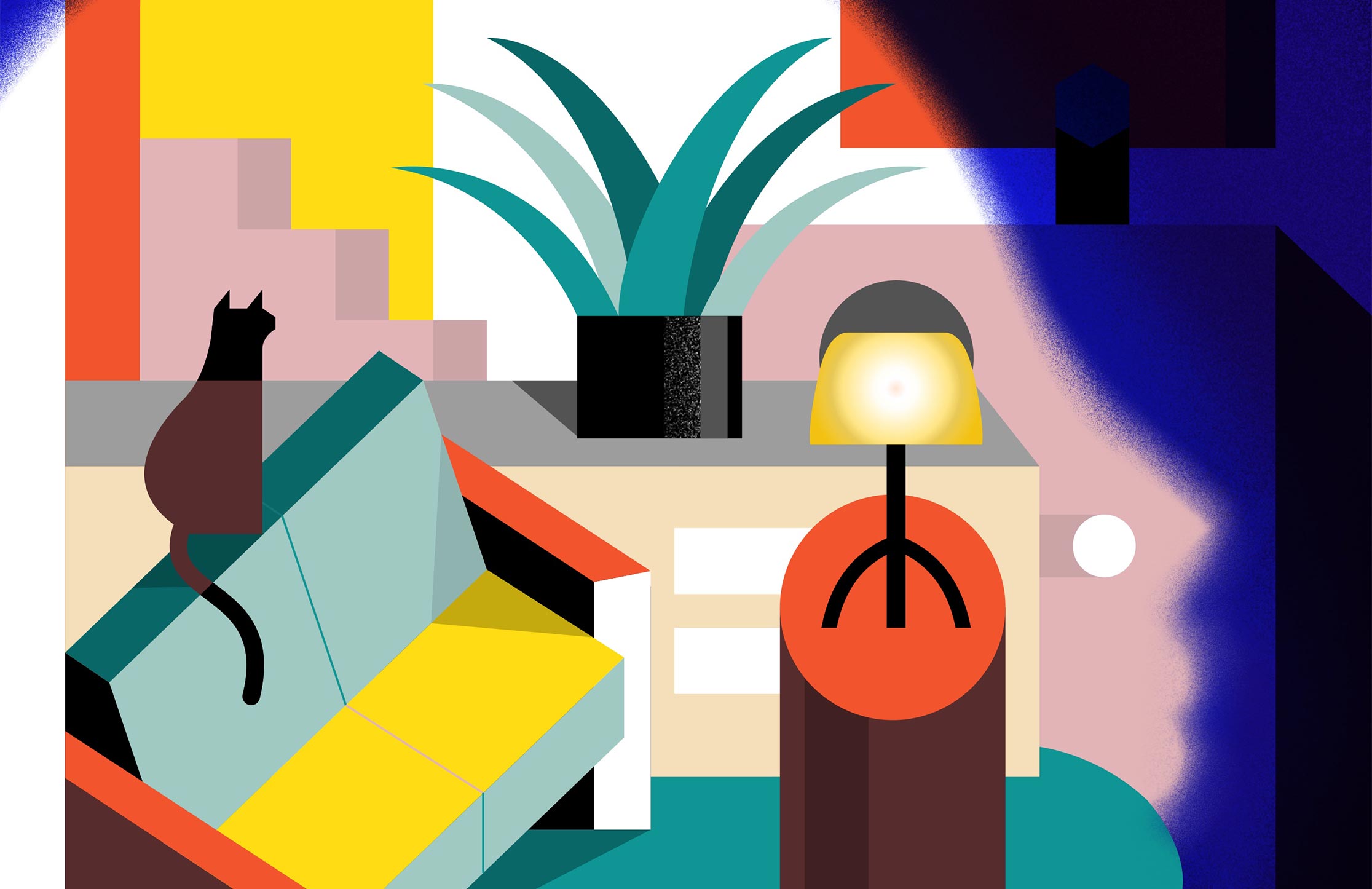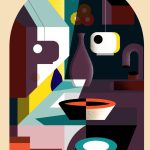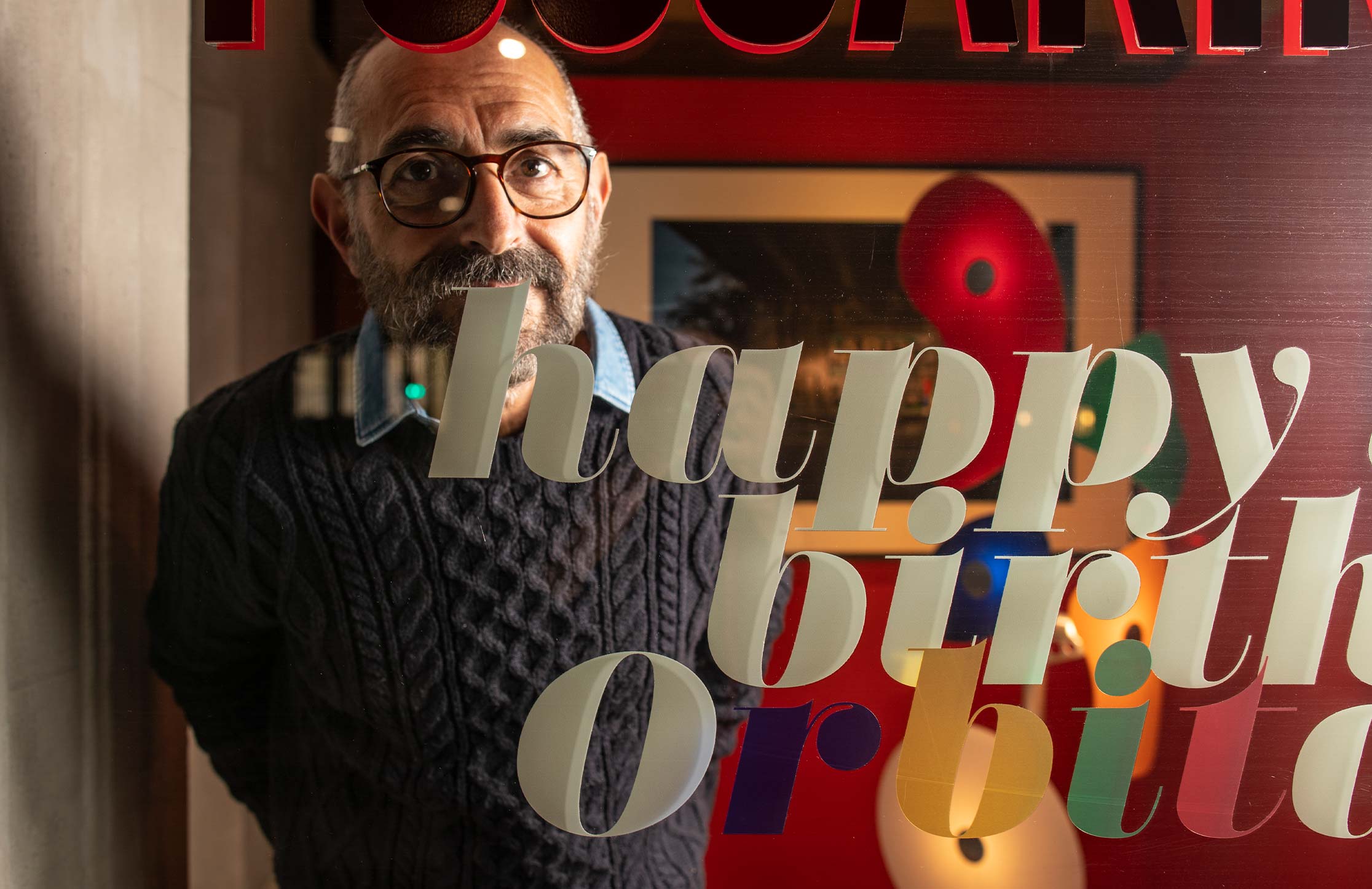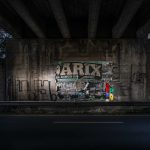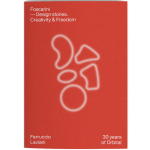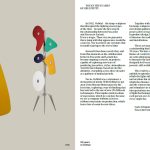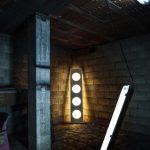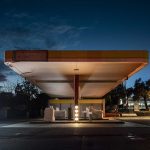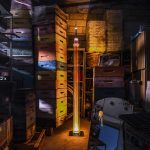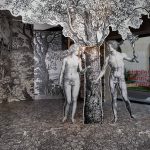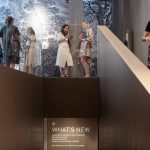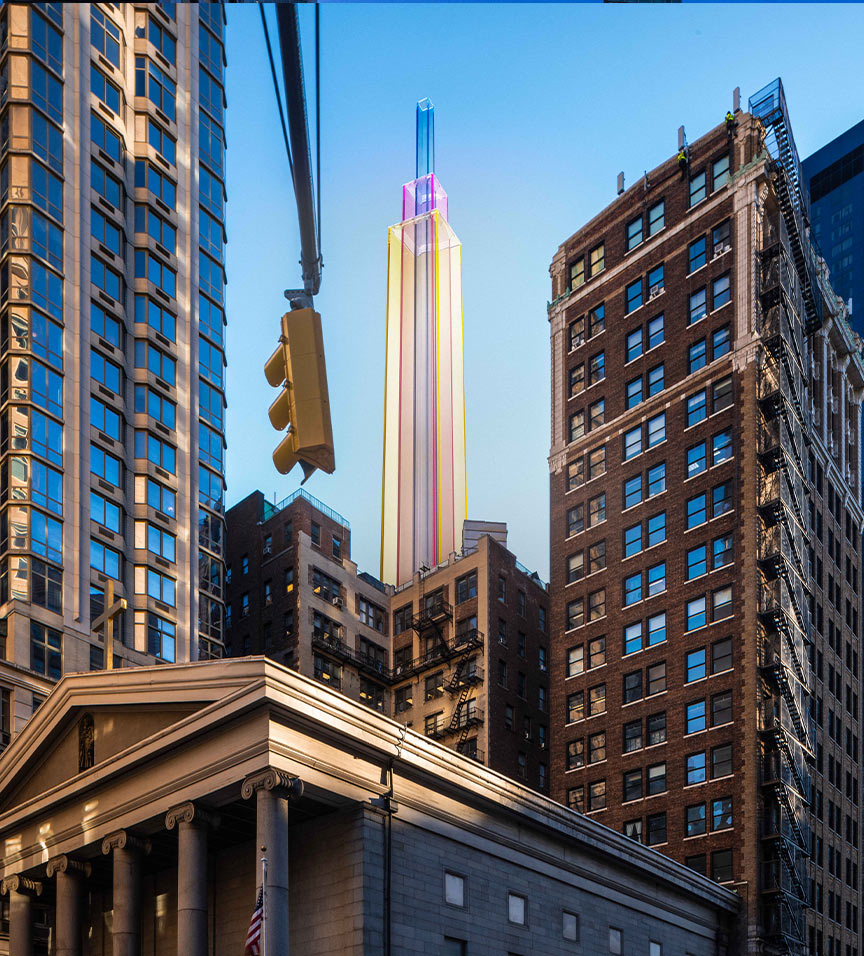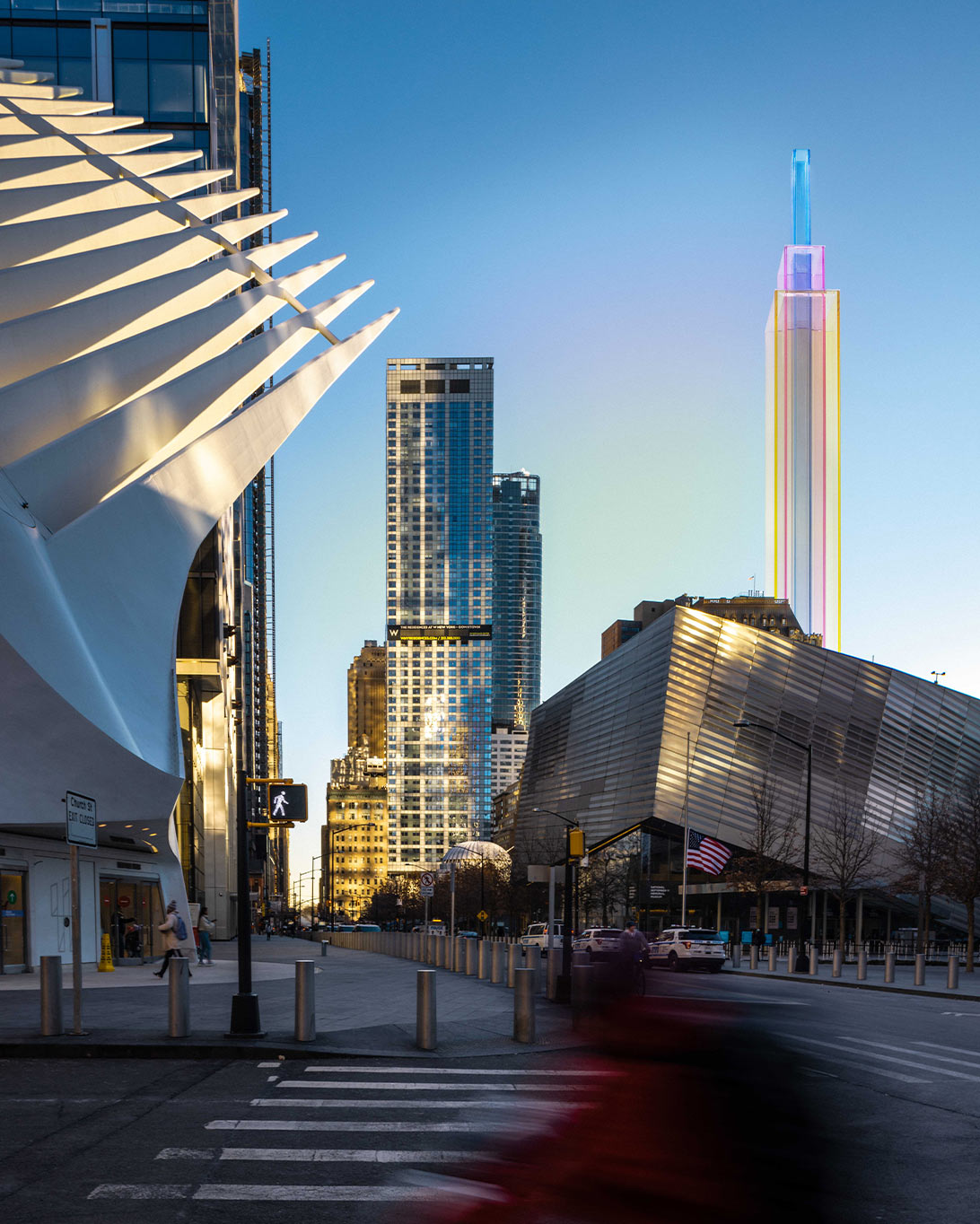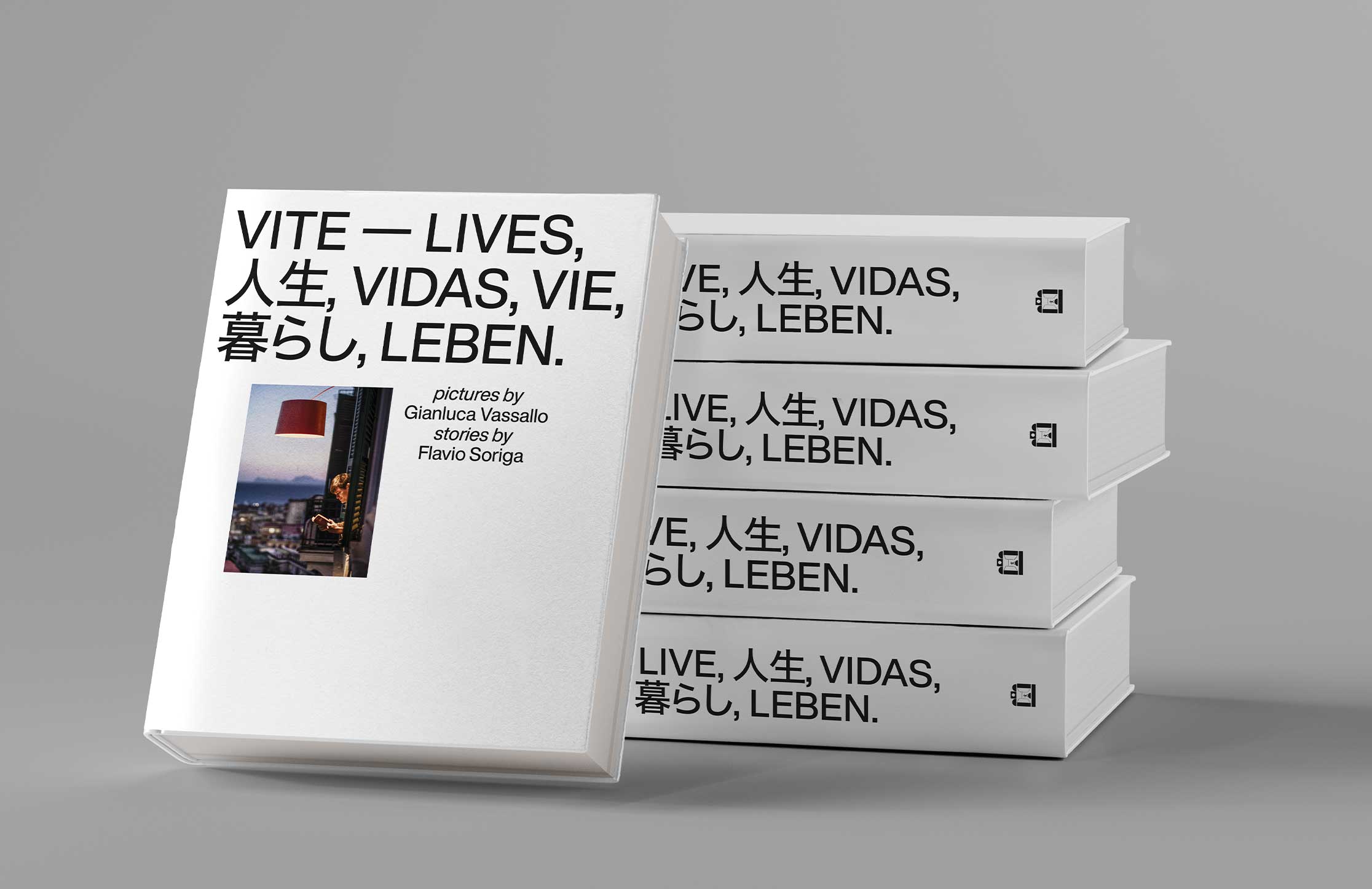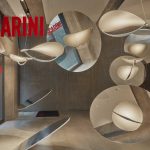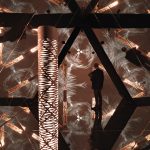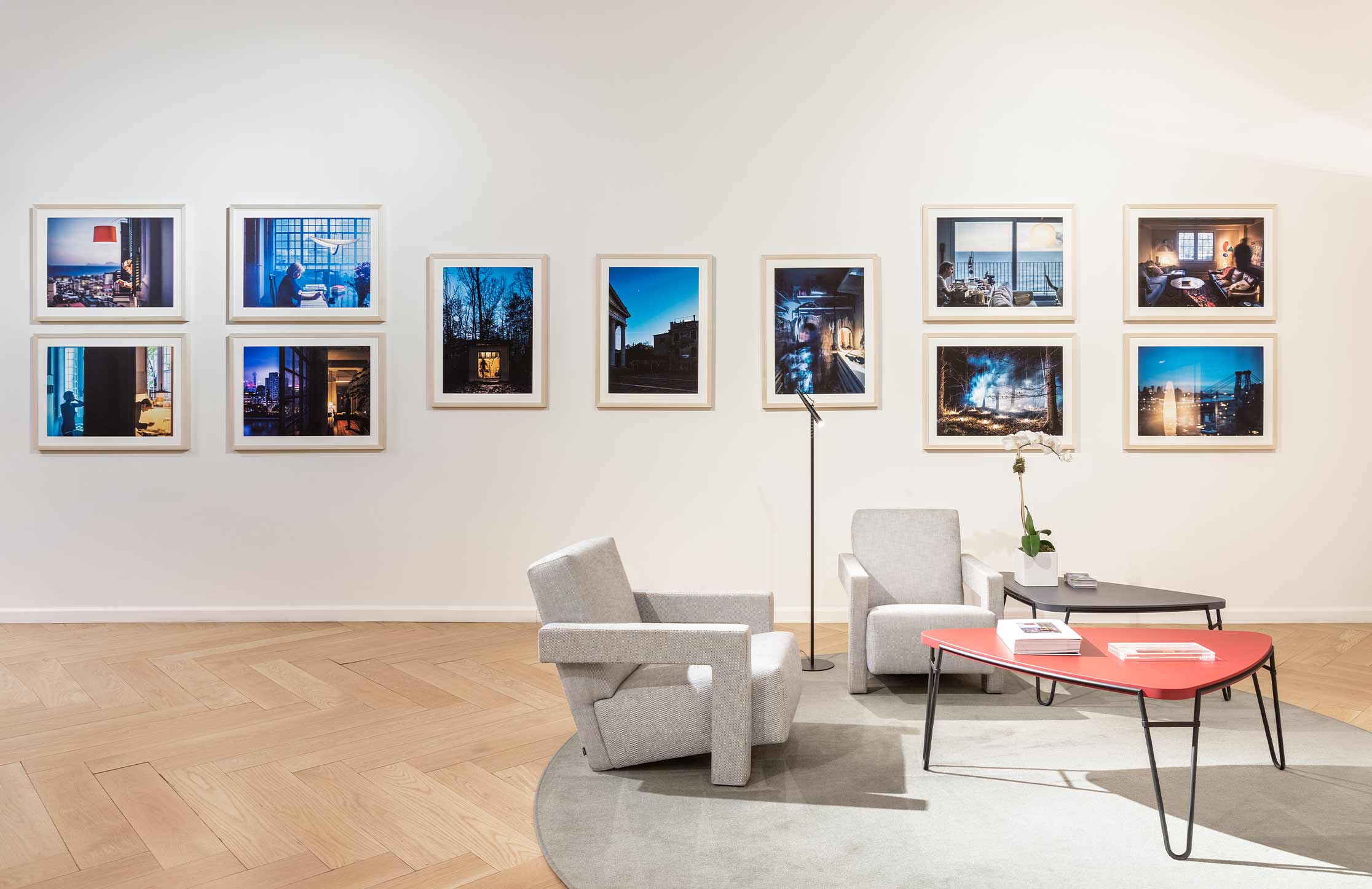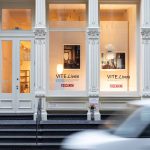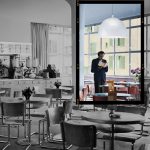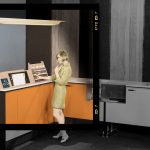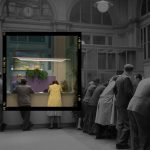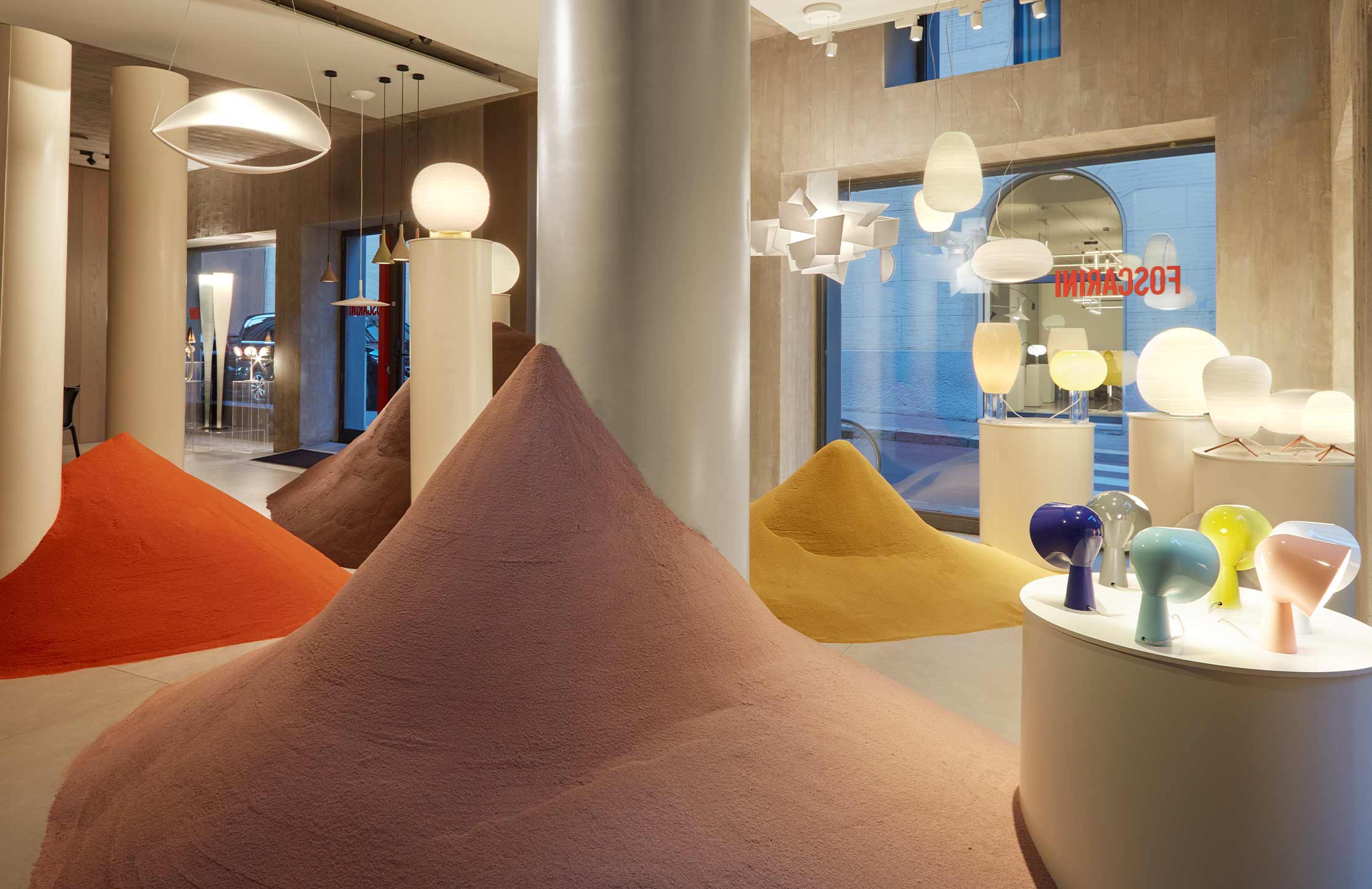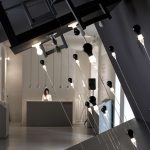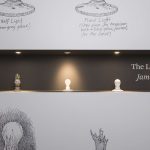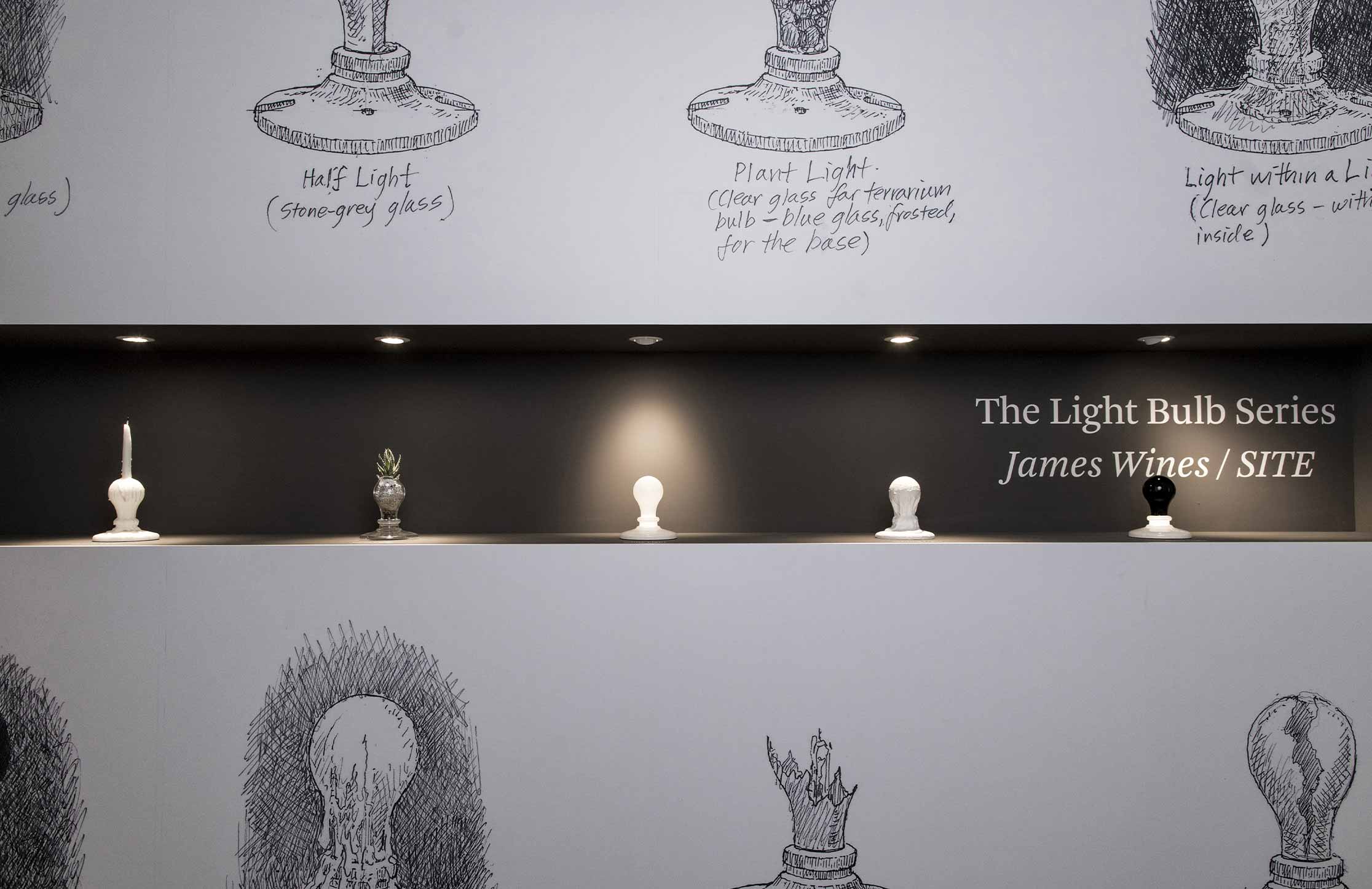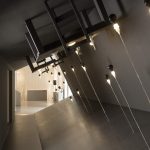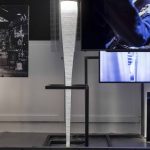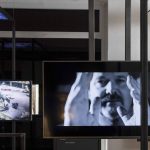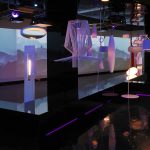You’ve found a balance between analog and digital, but your work always begins with film. What process do you follow to create your videos? We’re very curious about your techniques, the tools you use, and your working method.
Every project starts with a fundamental choice: the medium. I decide whether to shoot new footage, and once developed, I create a positive to scratch and manipulate, or if I will work with found footage, using existing films to alter.
Choosing the film is crucial and depends on the type of work I’m doing. There are many variables to consider: the format, the perforations, whether the film is already exposed or still unexposed. The brand and age of the emulsion are also important, as they affect the type of scratch I will achieve—in terms of color, depth, and line. Every detail matters in creating the final result.
Once the film is selected, the real work begins, requiring immense patience and dedication. It’s a process that forces you to isolate yourself, as if time stands still. For just one minute of animation, it can take weeks of work. Meticulousness is essential.
In my works, I use a wide range of techniques, and each mark has its specific tool. For scratching the film, for example, I use awls, needles, dental kits, electric grinders, and Dremel tools. But it’s not just about scratching; I cut, paste, and color using every type of material available. The colors range from glass pigments to water-based inks and permanent colors. My goal is always to make the most of what the market offers while keeping creativity at the heart of the process.
A key element of my work is the extensive collection of transfers I’ve gathered over the past twenty years. I have every type and brand, which allows me to explore endless creative possibilities when working with film. Every detail of my work comes from a combination of technique, experimentation, and the desire to constantly challenge the limits of the medium.
How did your collaboration with Foscarini come about, and what motivated you in this work?
When Foscarini approached me to collaborate, I didn’t hesitate for a moment. I vividly remember the excitement I felt as I immediately said yes. Being chosen by a brand I admire while having complete creative freedom was a significant motivator for me. It felt like an opportunity to explore new ideas and create something that resonated with their world but also carried my personal touch.
Whenever I am granted the freedom to express myself, I feel compelled to push my limits, experiment, and seek visual solutions that are surprising and capable of conveying emotions. My aim was to create an atmosphere that reflected the essence of Foscarini while also adding a unique and unexpected element that would resonate with both me and the audience. The challenge of blending my vision with theirs became the key motivation for this project.
In the “What’s in a Lamp?” project by Foscarini, you transformed film fragments by scratching the surface, adding colors, and integrating Foscarini lamps into surreal, grunge-inspired scenes. Could you share the inspiration and meaning that guided you in creating this series?
For the “What’s in a Lamp?” project, I aimed to create a deep connection between light and life. I began the process with a simple yet symbolic act: I turned off all the lights in my home. Then, one by one, I switched them on, searching for the perfect atmosphere to inspire my creativity. Light became my guide, leading to the development of six minifilms.
Each film is unique, characterized by its distinct color and technique, yet they all share an intimate and emotional ambiance. My goal was to tell a universal story where light transcends its physical form and becomes the main character, reflecting our lives. The Foscarini lamps became integral to this narrative, symbolizing emotions, memories, and moments from our experiences. I sought to blend the tangible quality of scratched and colored film with surreal elements, creating a dialogue between light and shadow that conveys silent yet powerful stories.
Is there a particular film from the series that you prefer or hold dear for some reason?
I don’t have an absolute favorite film, but there is one scene that I cherish: the opening shot of Spokes. In that moment, all the intimacy and warmth conveyed by an embrace comes to life. The soft orange glow from the Spokes lamp gently fills the room, enveloping the characters in a glow that transcends mere illumination; it becomes a source of emotion. It feels as this light is nurturing them, protecting them from the surrounding darkness. This scene speaks of connection and protection, embodying that human warmth that goes beyond words, which is what makes it so special to me.
The scratches on the film express all the passion and intensity with which you experience your art. How does your individuality reflect in your works? Do you have a ritual when creating your pieces?
The scratches on the film are my signature—an imprint that captures the entire creative process, with its intensity, imperfections, and that vigorous, instinctive touch that comes from direct contact with celluloid. Each scratch and mark reflects a specific moment in my life and my emotional state at that time. It feels as if the film holds a piece of me and my experiences.
I don’t follow a strict ritual when creating, but I rely heavily on instinct and the flow of the moment. I do have some small habits that help me get into the right mindset. I seek solitude, listen to inspiring music, and immerse myself in a particular kind of light that sets the ideal atmosphere for the journey I’m about to embark on. Each creation is an inner journey, and these habits help me connect with the emotions I want to express in my work.
What is the role of light in your art?
Light is the beating heart of my work; without it, everything would remain invisible. It is the light that brings life to the marks etched on the film, revealing shapes, colors, movements, and emotions.
Light reveals what lies hidden within the material, transforming it into images and, finally, narratives. It is an essential element, a bridge between my creative expression and the viewer’s interpretation. It is the light that brings the artwork to life, revealing what would otherwise remain concealed within the film.
What role does music play in your video art, especially in the “What’s in a lamp?” series?
In the “What’s in a lamp?” series, I invited composer Carmine Calia to join me on this creative journey. He created an unforgettable soundtrack that becomes a character in its own right within the narrative. His music doesn’t simply accompany the visuals; it deeply influences them, shaping the rhythm of the story and adding layers of symbolic meaning. This interplay allows the light and shapes on screen to take on a deeper emotional resonance. Music thus becomes an integral component, capable of forging a powerful connection with the viewer and enhancing the feelings and themes I wish to express.
Do you have any reference artists, masters, or significant influences that have shaped your artistic vision?
I believe my greatest influence comes from my father. From a young age, I grew up watching him paint, and every time he spoke about his art, his eyes would light up. This filled me with joy and instilled in me a deep love for creativity. As an adult, I had the fortune of working with the master of Italian cinema, Vittorio Storaro. Witnessing him at work was one of the most extraordinary experiences of my life. From him, I learned the importance of seeking beauty in the image, a lesson that has profoundly shaped my artistic journey.
How do you nurture your creativity?
I nurture my creativity through a continuous journey of experimentation, often living as a hermit in my home, as if it were my den. Continuously adding to or subtracting from my technique drives me to seek something different while still aiming to maintain a distinctive and unmistakable mark. This desire for evolution and ongoing exploration is the driving force that motivates me to nurture my work.
How would you define creativity? What does it mean for you to be creative?
For me, creativity is freedom. It is a continuous flow that allows me to see the world from different perspectives and express myself in unique ways, always striving to push beyond my limits.







